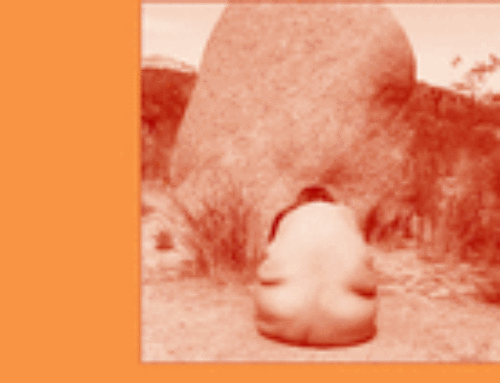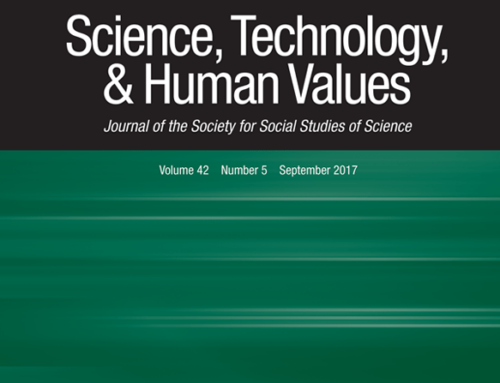TallBear, Kim
Social Studies of Science 43(4) (August 2013): 509-534
Publication year: 2013
Abstract
Indigenous peoples’ and genome scientists’ respective definitions and practices of making ‘indigeneity’ illustrate their competing notions of identity, origins, and futures. This article explores these genomic and indigenous ‘articulations’ of indigeneity, both their similarities and profound differences. Scientists who study ancient global human migrations and human genome diversity draw on an understanding of ‘indigeneity’ that appears to overlap with, but fundamentally contradicts, the use of this concept by the global indigenous movement. Genomic articulations privilege genetic ancestry as defining indigenous ‘populations’. In contrast, indigenous articulations of indigeneity emphasize political status and biological and cultural kinship constituted in dynamic, long-standing relations with each other and with living landscapes. To demonstrate how differences in definitions matter, I draw examples from several scientific and indigenous projects that entangle DNA knowledge with judgments about indigenous identities, and I note resulting policy implications. I first examine two key narratives of indigeneity and race that underlie the genomic articulation of indigeneity: ‘indigenous peoples are vanishing’ and ‘we are all related/all African’. I then explore two cases where genomic and indigenous articulations clash and overlap – the ‘Kennewick Man’ case and the use of DNA testing for tribal enrollment. Yet genomic articulations, with their greater truth-governing power, may inadvertently reconfigure indigeneity in ways that can undermine tribal and First Nations’ self-determination and the global indigenous anticolonial movement. Indeed, some indigenous peoples have recently adopted genomic articulations of identity, perhaps to their own detriment.





